Cathartes Aura
Kingdom: Animalia
Phylum: Chordata
Class: Aves
Order: Incertae sedis
Family: Cathartidae
Genus: Cathartes
Observed in the wild by Jack Tierney. Main observation spot was at Cooper Point & 20th Ave. NW (Here).
Native to all North and South America, the turkey vulture is the most abundant vulture in the Americas. It is one of the largest birds in the world with an average wing span of 6ft. They can be easily identified in the sky by the large black “V” shaped flight position. I studied the local vultures of Olympia as well as a group of vultures in the Columbia Gorge. The turkey vulture is a truly remarkable creature.
Natural History
Turkey vultures have brownish black feathers and grey or white flight feathers. Their heads are bald and small compared to the rest of their body. As they mature their heads change from black to red. They have curved beaks with a pinkish white coloring. Females are also a little bigger than males, but other than that they are identical (Bent). They also have large blunt talons, that are weak for such large birds. Their wings range from 25 to 32 inches long with a total wing span of about 6 feet. Healthy full grown vultures weight about 5 to 6 pounds. Turkey vultures are commonly gentle non aggressive creatures. They roost and travel in large groups but usually search for food alone. They are known for their horaltic pose where they spread their wings and to dry them off. Turkey Vultures are also known for vomiting to reduce their weight when they overeat. This vomiting is done to help them stay light enough to evade predators. Turkey vultures also urinate and defecate on their legs to keep themselves cool. This process also kills the bacteria that build up on their legs from being around dead animals. Turkey vultures also have a highly developed sense of smell and sight. They use these senses to track down carrion to eat. To search for carrion vultures use warm thermal air currents to soar higher and higher (Bent). Eventually they reach a very high altitude without flapping their wings if possible, then they can soar for miles.
Cultural History
Buzzards and vultures in native american myths are always characterized as having magic powers (The Turkey Vulture). In Native tales the vulture or buzzard usually uses its massive wings to change the flow of large bodies of water in order to produce land to live on. In Cherokee tales turkey vultures are referred to as the “Peace Eagle” because they don’t kill anything in order to live and reproduce (Mooney). Other tales tell of a vulture having a great plumage of feather on their heads. It then aids the animal world by flying to the sun and pushes it back with its head to cool down the earth. Then when the vulture returns to earth its head of feathers is burnt off and the vulture is forever bald (The Miraculous Twins). Many other native folk tales have a similar story in which a turkey vulture encounters the sun or fire and its feather are burnt off its head, leaving them bald. Another tale from the Menomini tribe tells of the vulture being a trickster (The Vulture As Totem). The vulture is eventually tricked by a man who poses as a dead deer. While the vulture is sticking his head into the dead deer the deer transforms back into a man and the vultures head skin is ripped off leaving only raw red flesh.
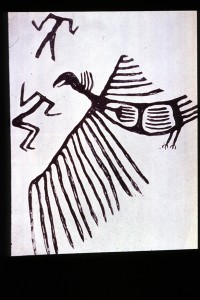
Creative Writing
Stench of a Feast
Great dark scavenger, you sail through the air, swinging around in circles far above my head. Amongst your black plumage your filth is hidden, but your head displays the rotting carrion.
You constantly pass through the air, searching for the scent you’ve come to love. Wobbling on the constantly shifting wind, your wings stay rigid and your presence is constant. Seen as fierce and vicious, but you do not kill. Searching, waiting, watching. Searching, waiting, watching. Until death comes to you, and the feast begins.
Smells, scents, odor. Rancid, festering, rotting. Sweet, musky, dirt. Does searching for the odor of death stop you from smell the odors of life. I avoid the stench of death while you search for it. Does life still pass through you. Are you aware of my odor. Are you aware of my life. What do they dying smell of. You have been raised in carrion and you face resembles it. Yet do you still notice the living.
I sit and watch the motion of black creatures drifting through the sky. Their immense black presence is obvious far above the trees and roads. These creatures are not simply coasting for the joy of flight. They taste the air for death and decay. For the remains of an animal or the fresh meat of a newly deceased. I wait and watch. They wait and smell. I observe their endless circles. They observe the wind and react in response by arcing and waning. I observe them from afar as they search from afar for any signs of death.
Short Animation Of a Turkey Vulture by Jack Tierney
Video Of a Vulture Flying
Studied by Jack Tierney April-May 2012
Works Cited
2) The Vulture As Totem. The Wanderling 2012. 5/6/12
3)The Turkey Vulture. Church Of Spira. 5/12/12
4)Vulture. Ancient Egypt, The Mythology 2012. 5/2/12
5)The Miraculous Twins. Native American Vulture Mythology. 5/13/12


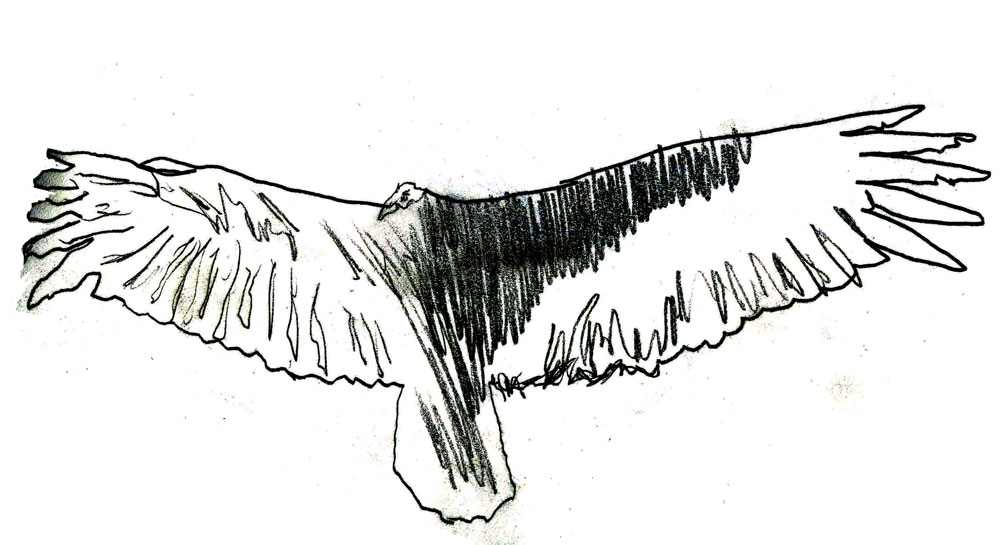
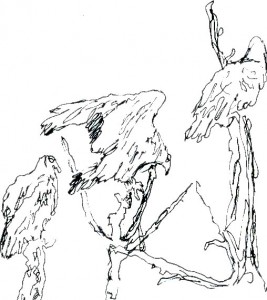
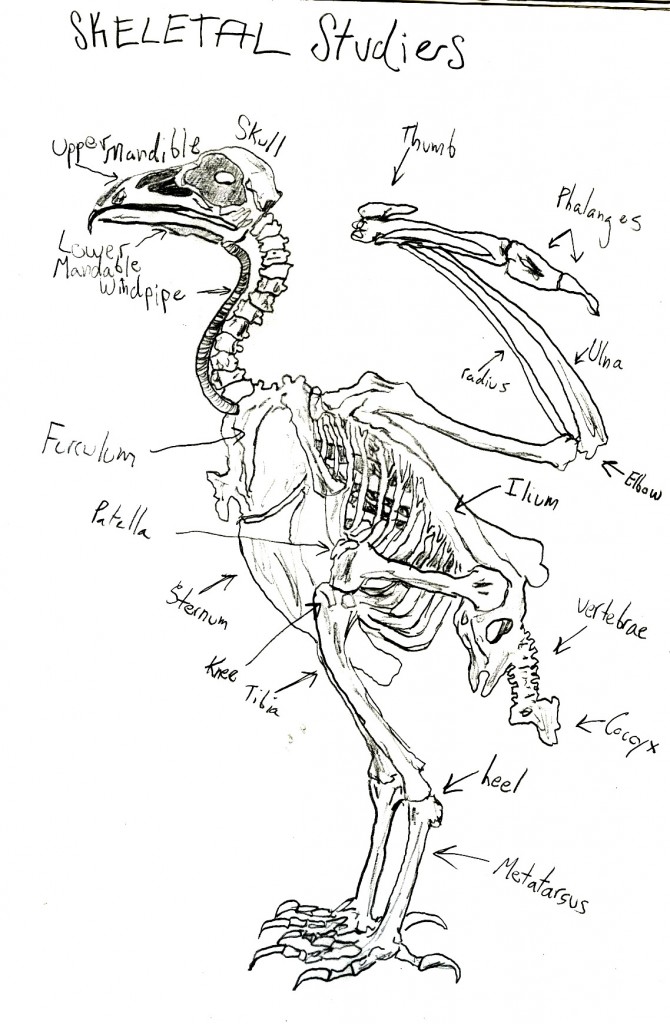
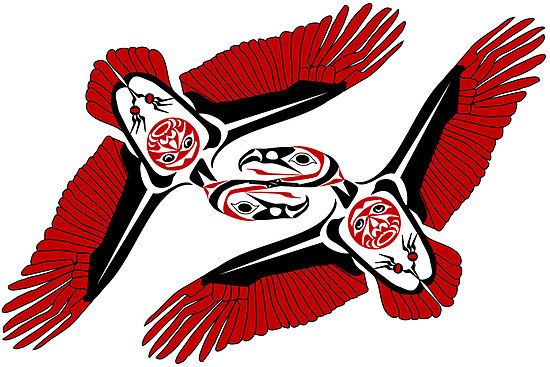
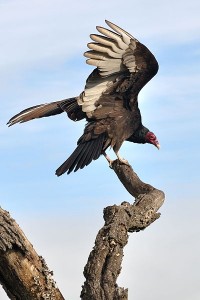
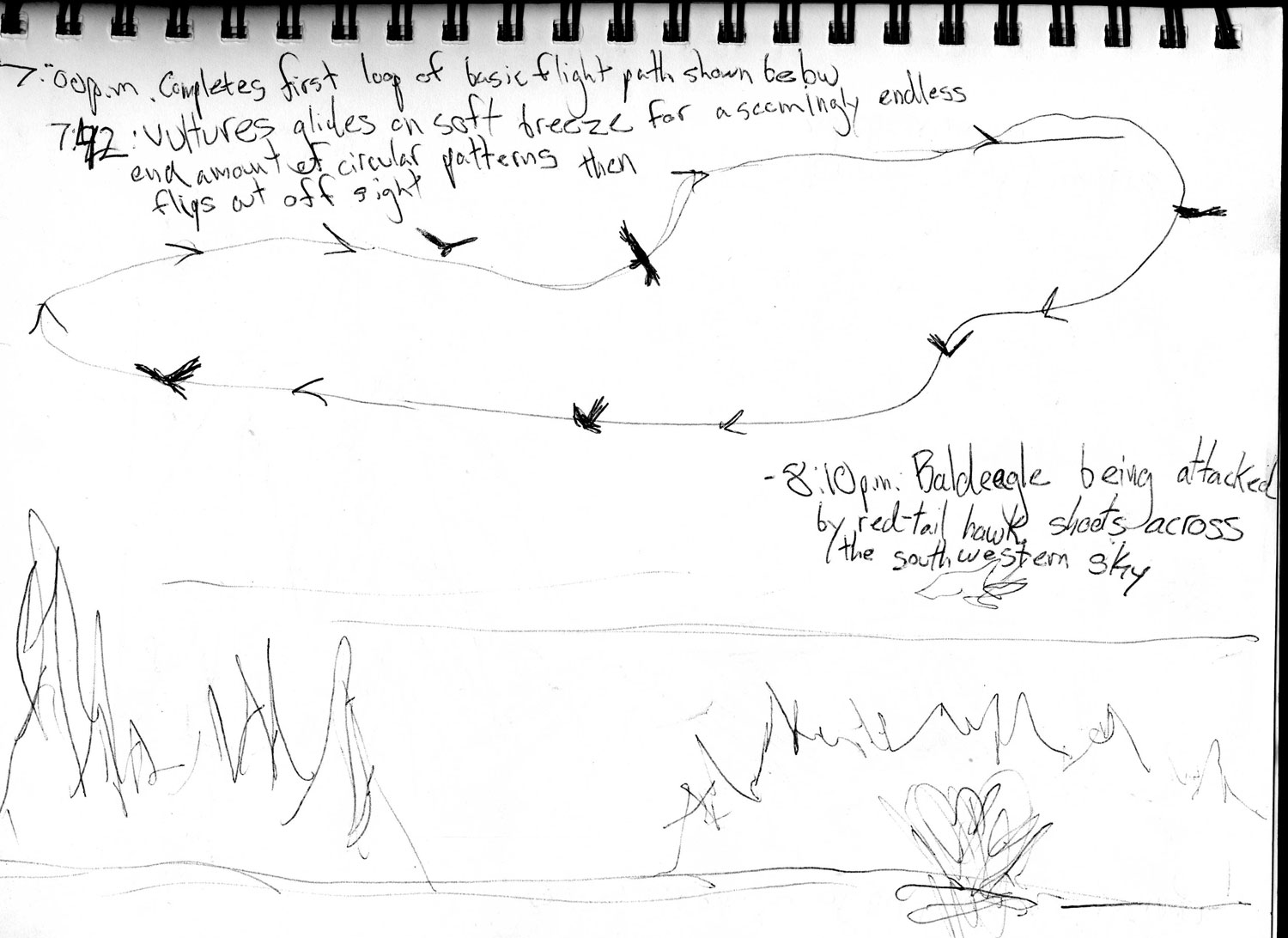
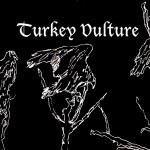
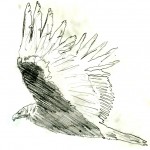
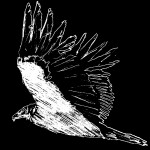
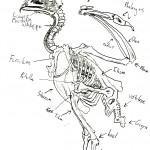
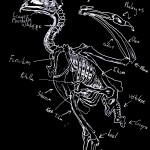
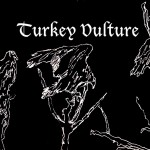
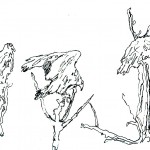
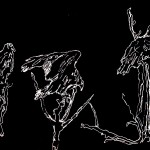
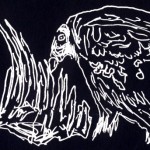
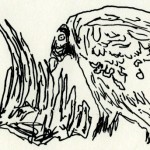
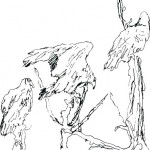
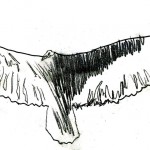
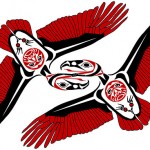
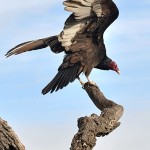
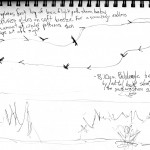
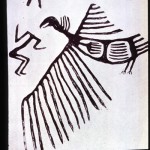
Your drawings are detailed and elegant – what an artist you are. I enjoyed learning about the mythology; I can tell you enjoyed this subject and have great respect for the Turkey Vulture. Very well done!
Great job, really like it. Good drawing too…
Turkey vultures…my favorite raptor. Have you met Vladimir at wildcare? He came in injured years ago, was released, showed up again, released again, showed up again and was given permanent housing. He has self released a time or two but doesn’t like life on the outside. A real character who you would certainly appreciate. Your animation and drawings are wonderful. and I love the detailed flight video. I shows how incredibly elegant and controlled vultures are. Have you read Wesley the Owl?
Awesome site, you young buzzard, you! Love the depth, love the drawings.
Very nice and useful studies for artists of the turkey vulture. Although it is a common avian species, it is nonetheless a very remarkable bird, and its anatomy is an excellent study for understanding how your basic bird is put together.